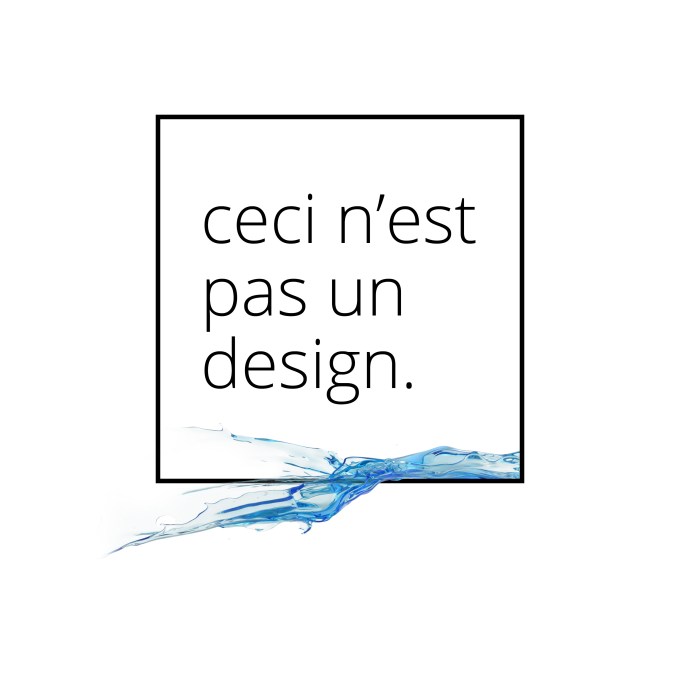
Designing for optimal user-client-developer relationships
A select group of people nowadays still tends to think that being a designer is just about “pushing pixels”: making stuff look pretty. Add some unicorns covered in pixie dust and everything is going to be alright. Of course, as designers we need to have this skillset, but we also need to have a critical look on so much more. Our creations will be steered by our clients, must be designed for users, and last but not least, shall be implemented and maintained by developers. This blogpost reflects my view on designing for the IT sector.
As a designer at ACA Group, my main goal is to create intuitive flows with clear navigation patterns to display the most relevant content to the user. To start a creative process to accomplish this, I like to stick to a good old friend: pen and paper. Sketch out some flows, discuss, erase, restart, … Research design patterns, collect smart solutions for certain problems, ask yourself a dozen what-if’s.
And still, without going too theoretical on design principles, is this what truly makes your creations a legit “good design”? Probably not, but combined with the following guidelines in the back of my head, I find myself getting closer to a successful design flow.
Good design is invisible

When a user isn’t aware of the design, it indicates that it already succeeded. In pretty much all cases, that’s when the user has reached his/her goal in an easy, unobstructive and intuitive way. Content is king, but what’s content if you can’t get to it? Good design ideally comes without a manual and doesn’t have to explain itself to its users.
As a designer, the user's goal is your goal, but the journey is your playground.
Good design is guiding

Speaking of goals, one of my most asked questions for clients is “What do we want to accomplish?”. One of my least asked questions is “How do we want to accomplish it?”. That’s where the designer kicks in, by translating the client’s needs while maintaining user likes. You may work for a business, but their users have a key role in keeping them in business.
Let’s take this to a real-life example: when visiting the museum (client), a good guide (designer) always has an interesting story to tell, speaks in a clear, understandable voice and is likely to be extremely passionate and knowledgeable about the content. The combination of those will influence the engagement rate among visitors (users).
As a designer, be the correct but non-boring guide to engage users.
Good design is maintainable

Picking up on the museum part: we are all aware that no matter how good the guidance, information can get lost in translation. That’s why a good relationship between designers and developers is key to preserve a project’s intuitiveness and aesthetics. Since static designs evolve into dynamic environments, there will be unforeseen situations.
To tackle these kinds of situation, you need to involve the development team early on. Show enthusiasm and educate them on certain design decisions. Provide a style guide and define the reusability of components. Most of all, talk about context and maintaining harmony, as their primary goal is enabling content to be paired with the design. It’s a beautiful co-operation that requires both parties to dive a little deeper into each other’s daily activities, but it definitely pays off in the long run.
As a designer, provide context and be the evangelist for your creations.
Conclusion
To recapitulate on my writings, you can sense that in a way, a lot of submergence is necessary to provide a great user experience. Explaining to your client that you’re designing for their users and not for them is sometimes a hard task. Handing over your designs to a developer involves a lot of trust and may need some guidance. But overall, the right foundation for designing a project is (in my opinion) based on the following 3 layers:
- The user’s goal is your goal, but the journey is your playground.
- Be the correct but non-boring guide to engage users.
- Provide context and be the evangelist for your creations.



